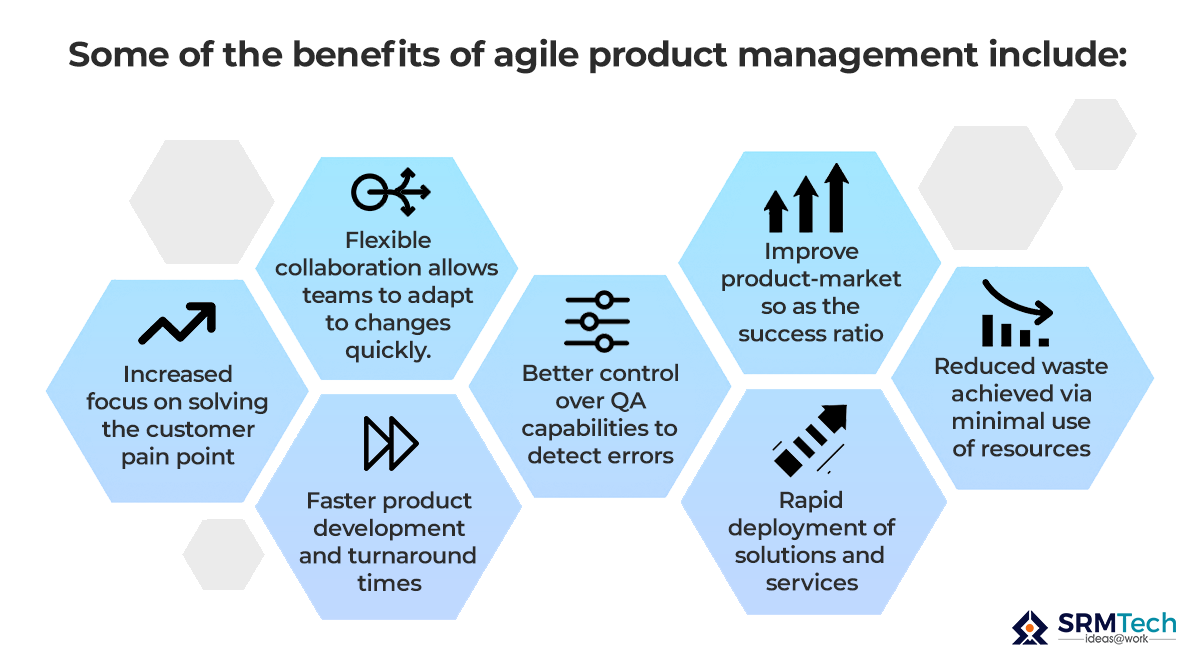This might be the very first time you hear that product management is one of the most fundamental functions of an organization. The folks from marketing, sales, engineering, and customer support teams may not agree with this view, but without a team delivering a solid product that customers rejoice, the whole orchestration of effort & activities across the departments could be meaningless.
“Product Management acts as the hub of product and market information for Sales, Marketing, Development, Support, Finance, Management, and other parts of the company. Without this hub, each department develops their own perception of market reality, product capabilities, and product portfolio direction.”
– Greg White (Director of Product Management at LCPtracker, Inc.)
Product management has been the lifeline of successful modern-era enterprises like Google, Microsoft, PayPal, etc. While it is probably one of the essential reasons for enterprise success, product management still remains one of the most challenging functions.
Here’s a list of challenges commonly faced by product management teams:
- Customers not being able to explain their problems effectively
- Rapid changes in the technology stack
- Cut-throat competition in terms of positioning.
- Globalisation of the market leading to the entry of new players
- Arriving at product pricing and operational efficiency
- Cracking an ROI funnel
From the above list, it is quite evident that change is constant and inevitable in the product management landscape. This brings us to Agile Product Management, a supple way to build winning products.
Agile product management is all about embracing change. This includes changes that are to happen in the latter stages of the product development process, even post-launch. While traditional project management rests the entire weight on a project manager’s shoulder, its agile variant takes a more collaborative approach.
The project responsibilities are spread over three key roles:
- Product Owner – Sets project goals, manages the scope, and aligns priorities for feature releases.
- Scrum Master – Guides the team, prioritizes project tasks, and eradicates friction.
- Team Member – Handle most of the task assignments, daily detail management, quality control, and reporting the overall progress.
“As agile practices have become more widely adopted, the processes used to develop products have significantly changed: Product people and development teams now tend to collaborate much more closely. Dev teams have become cross-functional, consisting of UX designers, architects, programmers, testers, and other roles. Products are developed using iterative-incremental processes like Scrum. Requirements are no longer detailed and frozen before development starts but they emerge. An increasing number of organisations have moved away from organising around projects and have started to embrace a product-led approach.”
– Roman Pichler
Agile product management is a proven method to gauge the time and cost of a project, owing to continuous evaluation. Speed and room for continuous improvement become the core of this project management methodology which encompasses a solid roster of benefits.

Adding further to the benefits listed above, we’d also like to pen down our thoughts on the best practices that one shouldn’t miss keeping in mind while deploying agile product management.
1.A product roadmap is a statement of intent. It’s a guiding light to what can be achieved but not the light source itself. It is always to be followed with a generous dose of flexibility, allowing implementation to become fluidic as per the change in the dynamic circumstances.
2.Making a product roadmap goal-oriented can help you create wonders. Rigidity on how the goal should be achieved could be put to rest as teams move forward with the vision to achieve it.
3.Periodical evaluation of the product roadmap is a must. It will help your product stand and receive feedback from important stakeholders and customers, which could be pivotal for highly functional product development.
So, where do we go from here?
How will agile product management evolve over the next decade?
What role will agile methods play in this ever-evolving space?
In upcoming years, product management will be understood better and effectively applied to build products of true global caliber. Product discovery, development, and strategy will continue to evolve. Agile methods will continue to enrich product management, making room for continuous improvement through continuous learning & adoption. All things boil downs to one idea – Understanding the customers better.
Something that we at SRM Tech strive for every single day of our agile solution journey. End-to-end product development & management is our forte. We have teams of specialists that can assist you in every step of your product development journey – starting with design & prototyping to development, quality assurance, and much more. Talk to us about how we can pilot your successful product management journey; we are just here.






